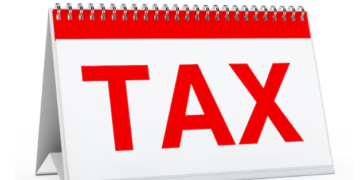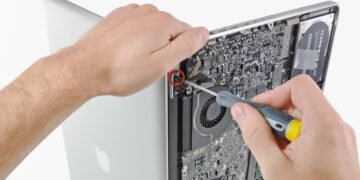It can be difficult to understand the basic and new techniques when you are learning for the first time. It is possible that manual lessons Manchester are getting more complicated at the start, but you need to make sure that you are learning from professionals.
All controls should be handled effortlessly including the foot pedals, gear stick, and steering wheel. During manual lessons Manchester examiner should not have to help or urge you to operate the clutch, accelerator, gears, steering, brakes, or any auxiliary controls required to preserve the vehicle’s and other road users’ safety.
You should utilize the accelerator and clutch properly for a smooth start, always press down on the clutch before stopping, and choose the appropriate gear for the road and traffic circumstances.
Allow the car to coast by running in impartial or with the clutch down. Avoid glancing at the gear shift when changing gear. Use the foot brake gradually and steadily. When required, use the parking brake fully. Steer the car as smoothly as possible, avoiding hard steering or steering too early or late.
Manual Lessons Manchester
All controls and switches, particularly road safety, should be demonstrated to operate. The applicant should be able to reach all controls without glancing down.
Launching The Engine:
You must be ready to initiate the engine independently as possible. If you have a steering column lock, you must know how to disengage it. Before starting the engine, ensure the handbrake is applied, and neutral gear is selected.
Parking Techniques:
You must be able to move away safely, under control, on the level, from behind a parked car, and, where possible, on a slope, while making the necessary observations and without endangering or inconveniencing other road users.
You must demonstrate that you can utilize the clutch and accelerator to drive the car from rest on flat terrain, as well as up and down hills, without stalling or over-revving the engine.
Emergency Stop
Braking should be consistent and gradual, and there should be no wheel locking. In inclement weather, the applicant should be aware that the stopping distance may be increased.
Reverse Direction On Both Sides:
It should be carried out with complete control and fair precision. Good all-around observation is required, as is the proper response to other road users.
Turn Right On The Road.
Must be carried out under supervision. Good all-around observation is require, as is the proper response to other road users. It would be best to control the automobile at low speeds to a high degree. The examiner during manual lessons Manchester will want to check that you can manage the car’s speed using the clutch, steer successfully and know which direction to move the steering wheel.
Parking In Reverse:
You must be able to park precisely by reversing either into a parking spot. The parking practice must be carry out completely under supervision. Good all-around observation is require, as is the proper response to other road users. Your accuracy, observations, and judgment will be grade by the examiner.
It would be best to park your automobile straight and center in the bay. You must precisely evaluate the distance between the back of your vehicle and any curb, road marking, barrier, or other vehicles. When parallel parking, keep the automobile far from the curb – inches, not feet. You can only move forward once to rectify your position.
Turning Around Corner:
It would be best to stay near the left-hand curb while executing this exercise. Throughout the activity, you must constantly observe and respond to the presence of other road users.
Avoid climbing the curb, and know which way to adjust the steering wheel when reversing. You must be able to reverse up onto the side road in a straight line once you have turned the bend.
The Utilization Of Mirrors:
Mirrors should be utilize often, and the test application should be aware of others in their blind areas. Before signaling, changing Direction, changing speed, and as part of the mirror-signal-maneuver process, mirrors should be use early.
When utilizing your mirrors, keep your eyes on the road ahead for as long as possible. If a single glance isn’t enough, a succession of short glances is preferable to taking your eyes off the road ahead.
The earlier and more frequently you check your mirrors, the faster you go. If you need to speed up, slow down, change directions, turn, indicate, or stop, or if you are approaching any hazard, you must check your mirrors.







































































